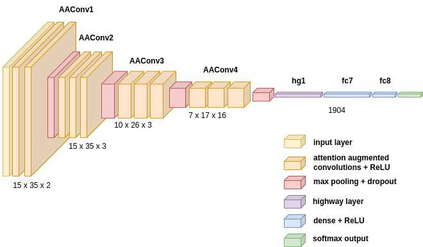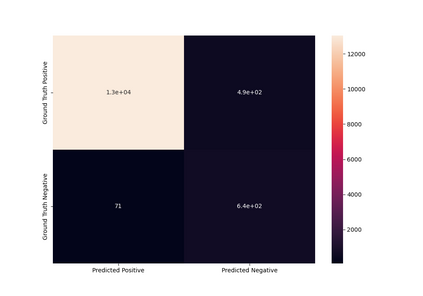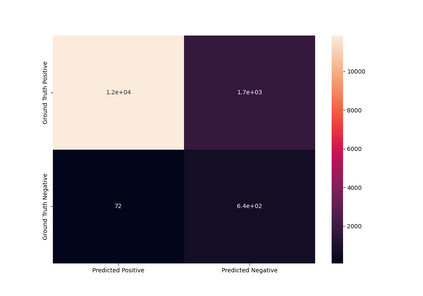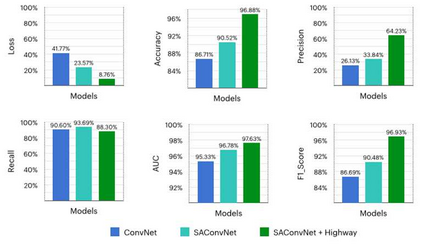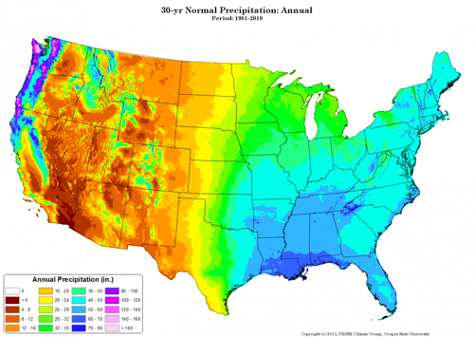Extreme precipitation wreaks havoc throughout the world, causing billions of dollars in damage and uprooting communities, ecosystems, and economies. Accurate extreme precipitation prediction allows more time for preparation and disaster risk management for such extreme events. In this paper, we focus on short-term extreme precipitation forecasting (up to a 12-hour ahead-of-time prediction) from a sequence of sea level pressure and zonal wind anomalies. Although existing machine learning approaches have shown promising results, the associated model and climate uncertainties may reduce their reliability. To address this issue, we propose a self-attention augmented convolution mechanism for extreme precipitation forecasting, systematically combining attention scores with traditional convolutions to enrich feature data and reduce the expected errors of the results. The proposed network architecture is further fused with a highway neural network layer to gain the benefits of unimpeded information flow across several layers. Our experimental results show that the framework outperforms classical convolutional models by 12%. The proposed method increases machine learning as a tool for gaining insights into the physical causes of changing extremes, lowering uncertainty in future forecasts.
翻译:极端降水量在全世界造成巨大破坏,造成数十亿美元的损失,导致社区、生态系统和经济的消失。准确的极端降水预测使得有更多时间为此类极端事件做准备和灾害风险管理。在本文件中,我们侧重于从一系列海平面压力和地区风暴反常现象中进行短期极端降水预报(直至提前12小时预测)。虽然现有的机器学习方法已经显示出可喜的结果,但相关的模型和气候不确定性可能会降低其可靠性。为了解决这一问题,我们提议为极端降水预报建立一个自我注意增强的演变机制,系统地将注意力与传统演进相结合,以丰富地物数据并减少预期结果的错误。拟议的网络结构与高速公路神经网络层进一步结合,以获得多个层次无阻碍的信息流动的好处。我们的实验结果表明,这一框架比传统革命模型高出了12%。拟议方法增加了机器学习作为了解极端变化的物理原因的工具,降低了未来预测的不确定性。


